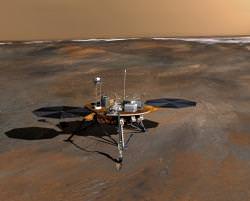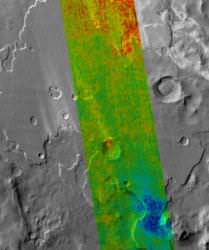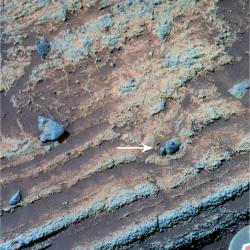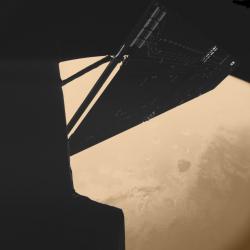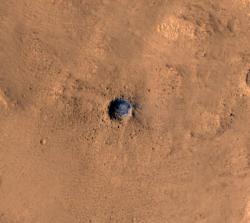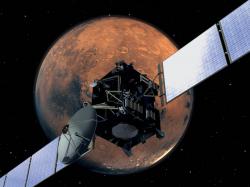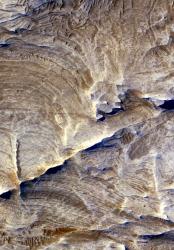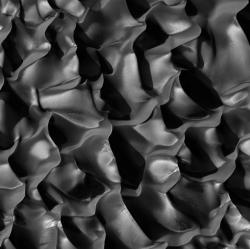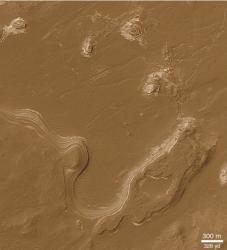The long-lasting Mars rovers are still wandering across the surface of the Red Planet, but they’re about to get a new friend. Next up to land on the surface of Mars is the Phoenix Mars Lander, which recently arrived in Florida in preparation for its upcoming launch. The Phoenix lander was delivered by a US Air Force C-17 cargo aircraft from its manufacturer in Colorado.
If all goes well, the Phoenix Mars Lander will blast off atop a Boeing Delta II rocket as early as August 3rd, 2007. It will make the six month trip to Mars, and then land in a flat plain near the planet’s arctic ice cap. It will use its robotic digging arm and a suite of instruments to determine if the soil holds quantities of water ice – one of the necessary ingredients for life. The detection of ice would bring the possibility of microbial life on Mars one step closer.
Workers from Lockheed Martin Space Systems have been assembling and testing the spacecraft in Denver for the last year. At this point, Phoenix is now safely stowed away inside its back shell, and will stay that way until it launches in August.
NASA will perform a series of tests over the next few weeks, and then install its heat shield and test its ability to separate from the launcher. Just a week before launch, the launch fairing will be installed around the lander and then it will be installed atop the Delta II rocket.
Original Source: NASA News Release

